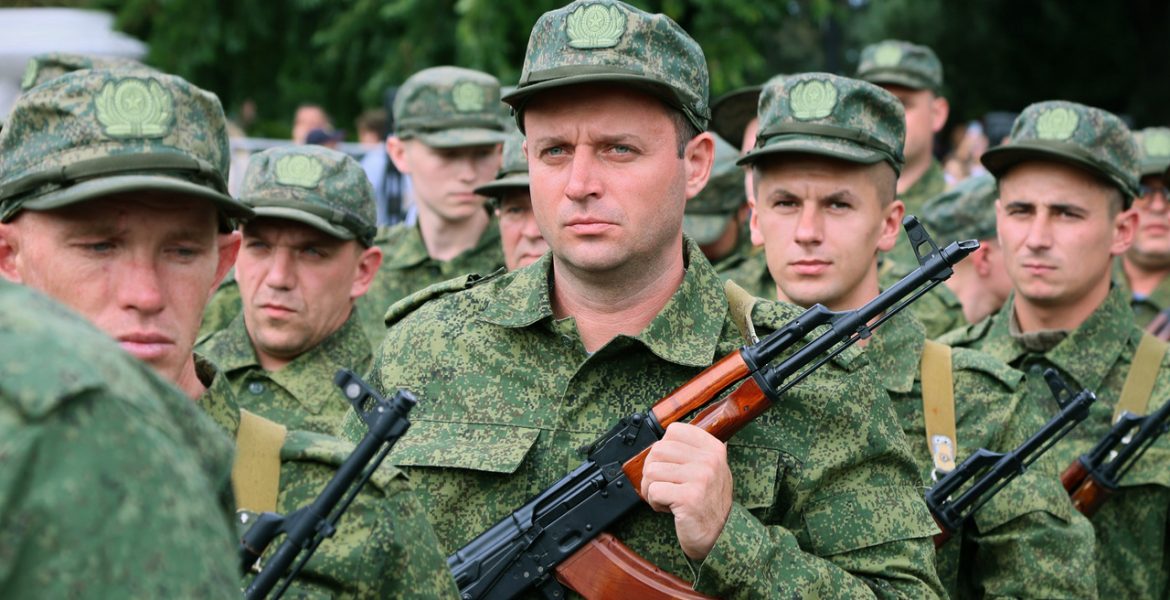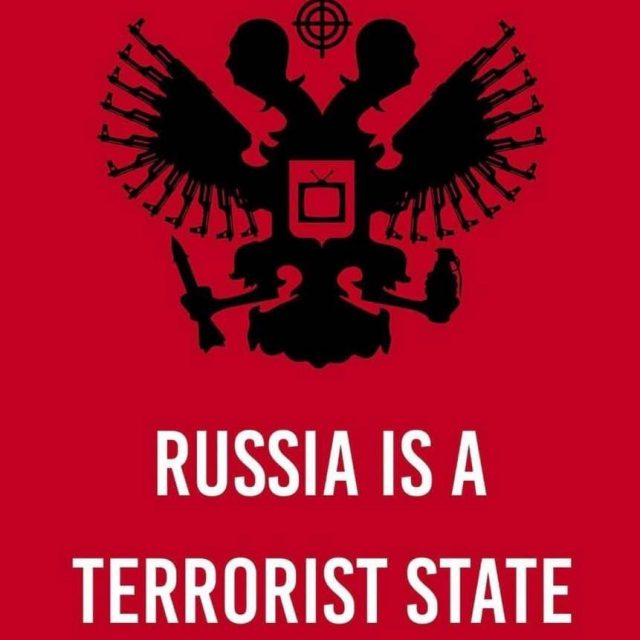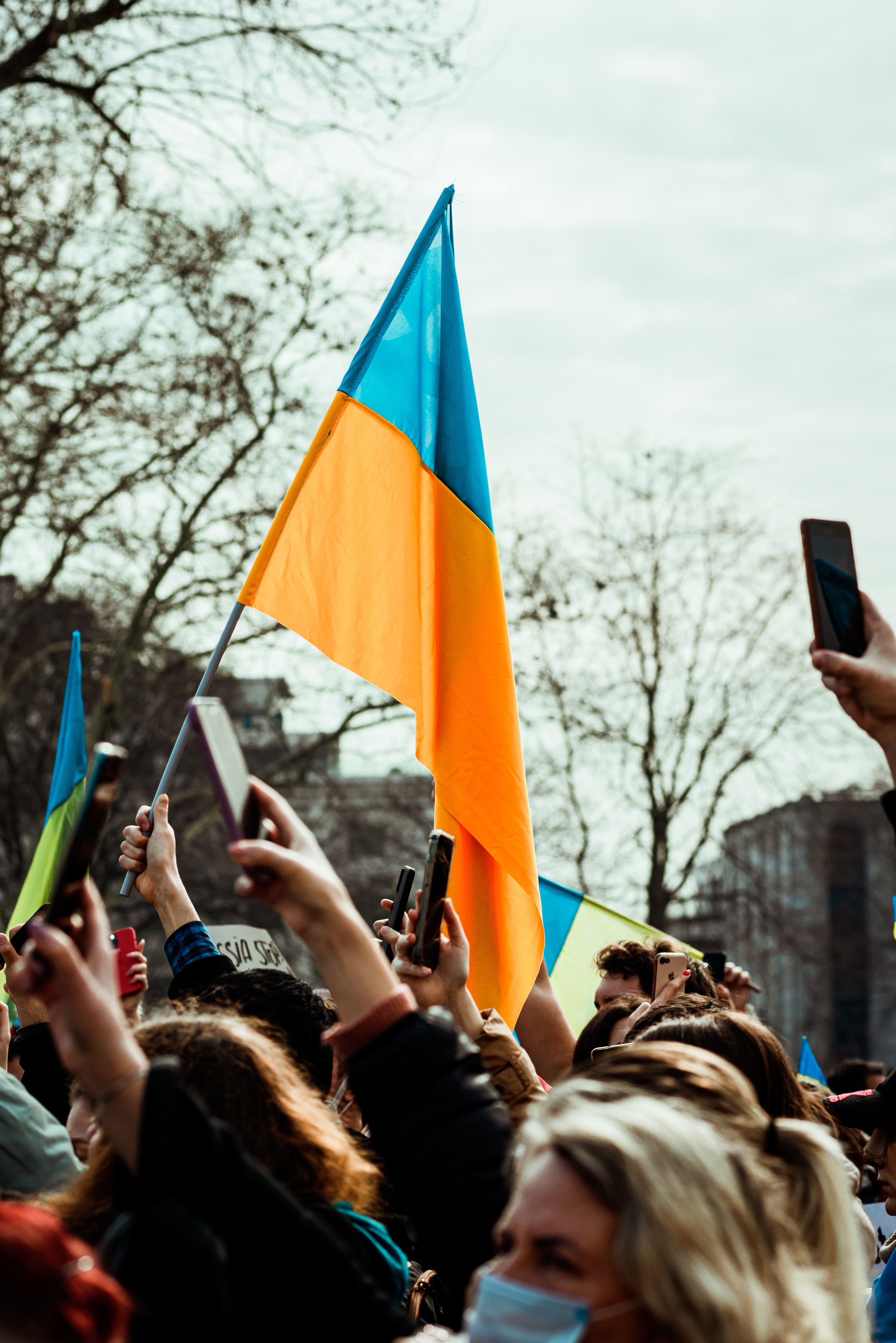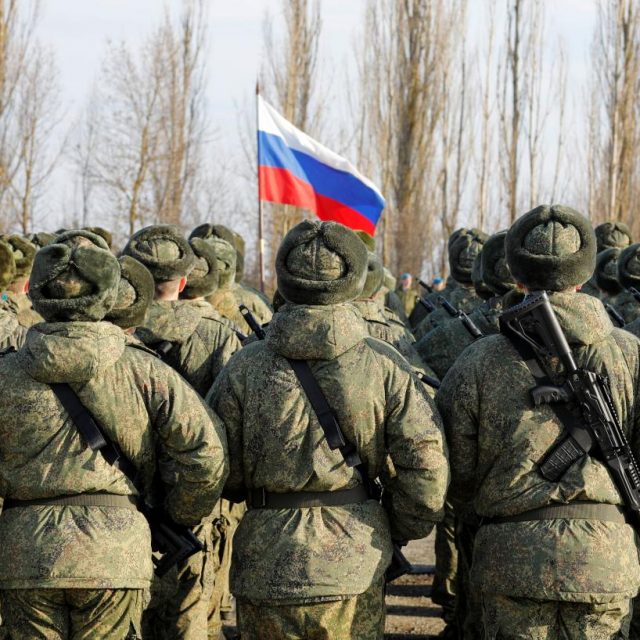There are three peculiarities of “partial mobilisation” in the Russian Federation
The first is the concept of “until the last conscript”. Mobilisation in Russia, despite President Putin’s opinion that it is supposedly over, is continuing and will apparently continue until the end of the “special military operation,” which looks like it will end only after the complete defeat and capitulation of one or other of the warring sides. When might this happen?
Wars develop their own unpredictable course, but they are all temporary. They can be divided into blitz crises (from a few days to three months), protracted conflicts (from three to nine months), and wars of attrition. Theoretically, Russia could have won their genocidal invasion of Ukraine during the first two phases, but, even with the substantial superiority of their army, navy and military-industrial complex, they failed. Now the conflict has entered its final stage, the war of attrition. There is now confrontation, on the one hand, between the sanctioned economy of the Russian Federation allied with the economies of Iran and North Korea, and on the other hand, more than fifty high technology economies of the most developed countries in the world, including NATO members. The likely result of this military and economic confrontation would appear to be predictable. It is also clear that the Kremlin will have to mobilise the entire Russian population sooner or later, in addition to putting the entire Russian economy on a war footing in order to postpone inevitable defeat.
The second concept is “not to touch our own”. The children of the Kremlin team, deputies of the State Duma, members of the government, local high and middle-ranking officials, prosecutors, judges, and most of the heads of the security services, as well as citizens of other categories well known to Russians, will not be sent “to the slaughter” in Ukraine. If they remain in Russia, the responsibility for the revival of the country will fall on their shoulders. But this does not concern the majority of those mobilised for the war with Ukraine, because they will have fulfilled their patriotic duty “to the end”.
The third concept of “national,” concerns Russian domestic politics. In this regard, the main goals of the “SMO” in Ukraine are as follows:-
– The reduction of the active male population, ready to defend some ideas with weapons in their hands, is the most dangerous layer of society for any authoritarian regime. That is why volunteers are disposed of in the first place. Sometimes this is the main purpose of declaring war on another state.
– The reduction of the male population in republics whose neighbours enjoy greater support from the central government, and who may have territorial claims against them. A classic example is Dagestan and Chechnya. Dagestan has the highest death rate in Russia, and Putin’s favourite regional leader Ramzan Kadyrov in neighbouring Chechnya does not even hide the fact that he has territorial ambitions in Dagestan.
The “SMO” has already gone out of Moscow’s control and has begun to develop a life of its own. It will inevitably lead to the depletion of the Russian economy (poverty of the population), the death of hundreds of thousands of conscripts, and, after an imminent defeat, most likely changes to the borders between different regions of the federation in the process of its dissolution.




